Matthew & Joseph
Things To Do
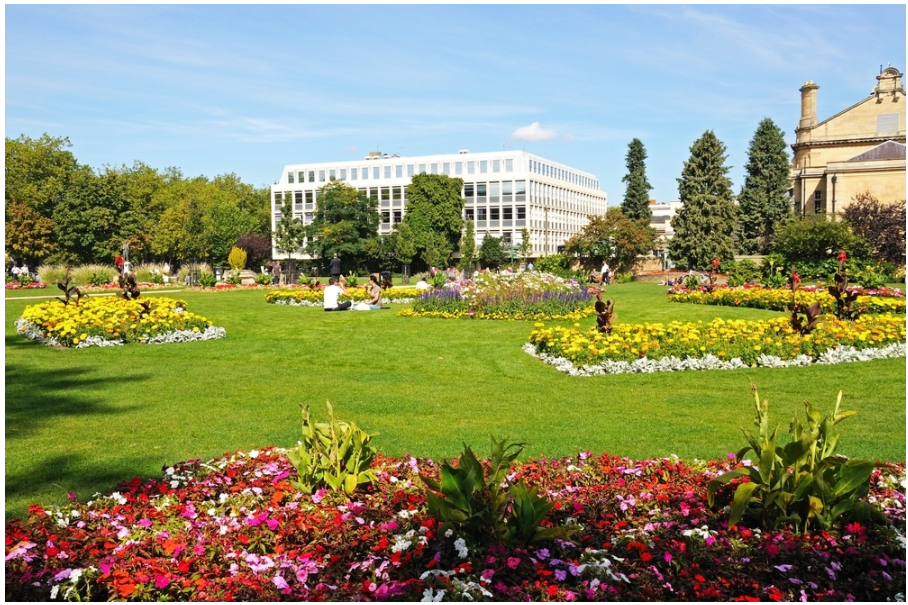
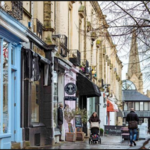
Cheltenham
In the southern part of Cheltenham’s town centre, the Montpellier District is the poshest part of a well-to-do town. The Montpellier District was born in the 1830s and is replete with graceful Regency townhouses and dainty greenery at Imperial Gardens and Montpellier Gardens. The district is for shopping and dining, but most of the establishments, from design shops to antiques dealers and wine bars, are one-offs, lending the Montpellier District a more personal touch. On Montpellier Walk the Neoclassical Caryatids add a sense of ceremony and are modelled on the Erechtheion in Athens. Just around the corner is one of the UK’s oldest shopping galleries, the Montpellier Arcade, completed in 1832.
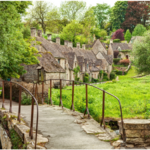
Cotswolds
Cheltenham is in a handy location to get the most out of the Cotswolds and lies just west of the first hills of this much-loved range. A few things come to mind when you mention the Cotswolds: Bucolic rolling countryside, cosy villages, market towns rich in architecture from an historic wool boom, and houses built from the range’s golden oolitic limestone. Cheltenham is at the head of two circular driving routes, together known as the Romantic Road. The northern loop takes you into the highest parts of the range to Cleeve Hill (330 metres) and towns and villages like Chipping Campden, which has a gorgeous 17th-century Town Hall and Perpendicular Gothic Wool Church. The southern loop heads down to the source of the River Thames and the town of Cirencester, which displays its Roman history at the top-notch Corinium Museum.
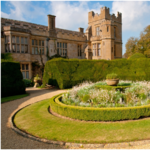
Sudeley Castle
A few short miles into the Cotswolds from Cheltenham is Sudeley Castle, one of the few castles in England that is still a private residence. Completed in 1442, the castle would have close royal ties after being seized by the crown from its owner because of his Lancastrian connections, and was given to the future Richard III. Henry VIII’s sixth wife Catherine Parr spent the last few months of her life at Sudeley Castle, dying through complications from childbirth in 1548. Her tomb can be found in the castle’s chapel, St Mary’s Church, but had been hidden for almost 250 years, being rediscovered in 1788. The castle has an exhibition about the life of Catherine Parr, including exceptionally rare books that she wrote and love letters to her last husband Thomas Seymour. Other treasures include Charles I’s own beer jugs, lacework made by Anne Boleyn and Abusson bed hangings produced for Marie Antoinette.
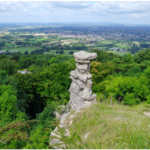
Devil's Chimney
You can go on a quick jaunt into the Cotswolds by making the short trip up the first slope to the local, landmark, the Devil’s Chimney. Nobody’s too sure how this tall limestone column was formed, but it rises from a disused quarry and was surely carved out by human hands hundreds of years ago instead of being caused by erosion. Apparently this landform is the chimney for the devil’s underground dwelling, and there was a time when people would throw coins on top to encourage him to stay below. The other reason to scale the first ridge of the Cotswolds is for the views, over Cheltenham, parts of Gloucester and as far as the Malverns 15 miles to the northwest.